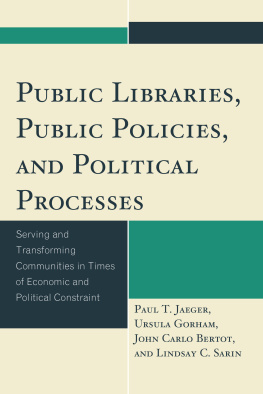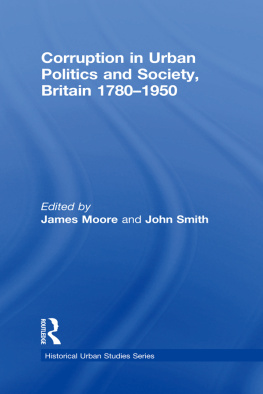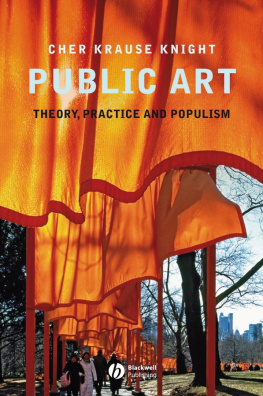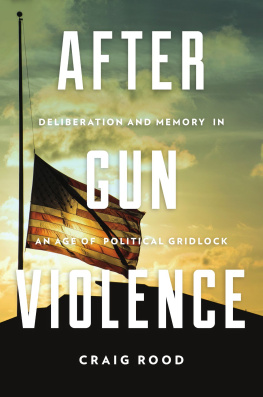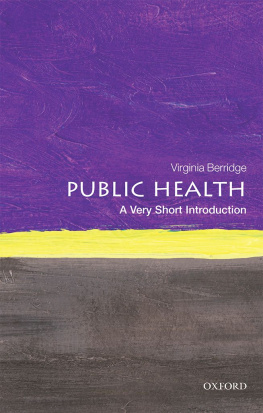First published 2004 by Ashgate Publishing
Published 2016 by Routledge
2 Park Square, Milton Park, Abingdon, Oxon OX14 4RN
711 Third Avenue, New York, NY 10017, USA
Routledge is an imprint of the Taylor & Francis Group, an informa business
Copyright 2004 Paul A. Pickering and Alex Tyrrell
Paul A. Pickering and Alex Tyrrell have asserted their moral right under the Copyright, Designs and Patents Act, 1988, to be identified as the authors of this work.
All rights reserved. No part of this book may be reprinted or reproduced or utilised in any form or by any electronic, mechanical, or other means, now known or hereafter invented, including photocopying and recording, or in any information storage or retrieval system, without permission in writing from the publishers.
Notice:
Product or corporate names may be trademarks or registered trademarks, and are used only for identification and explanation without intent to infringe.
British Library Cataloguing in Publication Data
Contested sites : commemoration, memorial and popular
Politics in nineteenth-century Britain. (Studies in
labour history)
1. MemorialsPolitical aspectsGreat BritainHistory
19th century 2. MonumentsGreat BritainHistory19th
century 3. MemoryPolitical aspectsGreat Britain
History19th century 4. Politics, PracticalGreat
BritainHistory19th century 5. Political psychology
6. Great BritainPolitics and government19th century
I. Pickering, Paul A. II. Tyrrell, Alex
320.94109034
US Library of Congress Cataloging-in-Publication Data
Contested sites : Commemoration, memorial and popular politics in nineteenth century
Britain / Paul A. Pickering, Alex Tyrrell.
p. cm. (Studies in labour history)
Includes bibliographical references and index.
ISBN 0754632296 (hardback : alk. Paper)
1. Historic sitesConservation and restorationGovernment policyGreat
BritainHistory19th century. 2. Cultural propertyProtectionGreat
BritainHistory19th century. 3. Historical markersGreat BritainHistory19th
Century. 4. Popular cultureGreat BritainHistory19th century. 5. Labor
MovementGreat BritainHistory19th century. 6. Historic sitesGreat
BritainHistory19th century. 7. Great BritainPolitics and government19th century.
8. MonumentsGreat BritainHistory19th century. 9. MemorialsGreat
BritainHistory19th century. 10. StatuesGreat BritainHistory19th century.
I. Pickering, Paul A. II. Tyrrell, Alex. III. Studies in labour history (Ashgate(Firm))
DA655.C565 2004
363.69094109034dc22
2003056933
ISBN 9780754632290 (hbk)
ISBN 9781138257153 (pbk)
Typeset in Times Roman by Express Typesetters Ltd, Farnham, Surrey
Labour history has often been a fertile area of history. Since the Second World War its best practitioners such as E.P. Thompson and E.J. Hobsbawm, both Presidents of the British Society for the Study of Labour History have written works which have provoked fruitful and wide-ranging debates and further research, and which have influenced not only social history but history generally. These historians, and many others, have helped to widen labour history beyond the study of organized labour to labour generally, sometimes to industrial relations in particular, and most frequently to society and culture in national and comparative dimensions.
The assumptions and ideologies underpinning much of the older labour history have been challenged by feminist and later postmodernist and anti-Marxist thinking. These challenges have often led to thoughtful reappraisals, perhaps intellectual equivalents of coming to terms with a new post-Cold War political landscape.
By the end of the twentieth century, labour history had emerged reinvigorated and positive from much introspection and external criticism. Very few would wish to confine its scope to the study of organized labour. Yet, equally few would wish now to write the existence and influence of organized labour out of nations histories, any more than they would wish to ignore working-class lives and focus only on the upper echelons.
This series of books provides reassessments of broad themes of labour history as well as some more detailed studies arising from recent research. Most books are single-authored but there are also volumes of essays centred on important themes or periods, arising from major conferences organized by the Society for the Study of Labour History. The series also includes studies of labour organizations, including international ones, as many of these are much in need of a modern reassessment.
Chris Wrigley
British Society for the Study of Labour
History University of Nottingham
History has been written with quipo-threads, with feather-pictures, with-wampum-belts; still oftener with earth-mounds and monumental stone heaps, whether as pyramids or cairns
Thomas Carlyle, On History (1830)
This book began several years ago as an idea for a very short-term project in the form of a joint article. It has subsequently grown, if not like Topsy, then certainly in ways that neither of us anticipated. Along the way other scholars were invited to contribute: some have withdrawn, and others have contributed, although not always in the form that was originally envisaged. The result is neither a jointly authored book nor an edited collection. Each of the chapters is, to varying degrees, a collaboration by or with us. Apart from Iain McCalmans preface, the only chapter that is independently authored is Nick Mansfields (), and it too draws on our work. Having said this, the views contained in each of the chapters are the responsibility of those listed as their authors. We would like to thank all those who participated in this project during its lengthy gestation: Michael Davis, Ian Dyck, Nick Mansfield, Iain McCalman and Jim Walvin.
Conducting the research for this book and devising a theoretical framework for the various chapters has been a fascinating new departure for both of us. It has taken us separately and jointly to new methodologies, understandings and some unlikely places. There have been times when our apparent obsession with cemeteries and books relating to the rituals to death has incurred some quizzical looks and bantering comments from our partners and children. We thank them for their forbearance.
Our initial interest in this project arose from a belief that historians of British reform movements had devoted little attention to monuments and that this was a symptom of a weakness in the writing of modern British history: a disregard for artefacts of cultural production and their relation to public memory. As we note in , a comparison with France and the United States gives Britain a less prominent place in the study of public memory than its rich heritage of public memorials would justify. There are many earth-mounds and monumental stone heaps that deserve attention. We hope that, with our collaborators, we have gone some way towards redressing the balance. The range of artefacts of public memory in this book is limited, and we are conscious that there are many monuments and movements that we have not included, but our hope is that we have pointed the way for further research.


